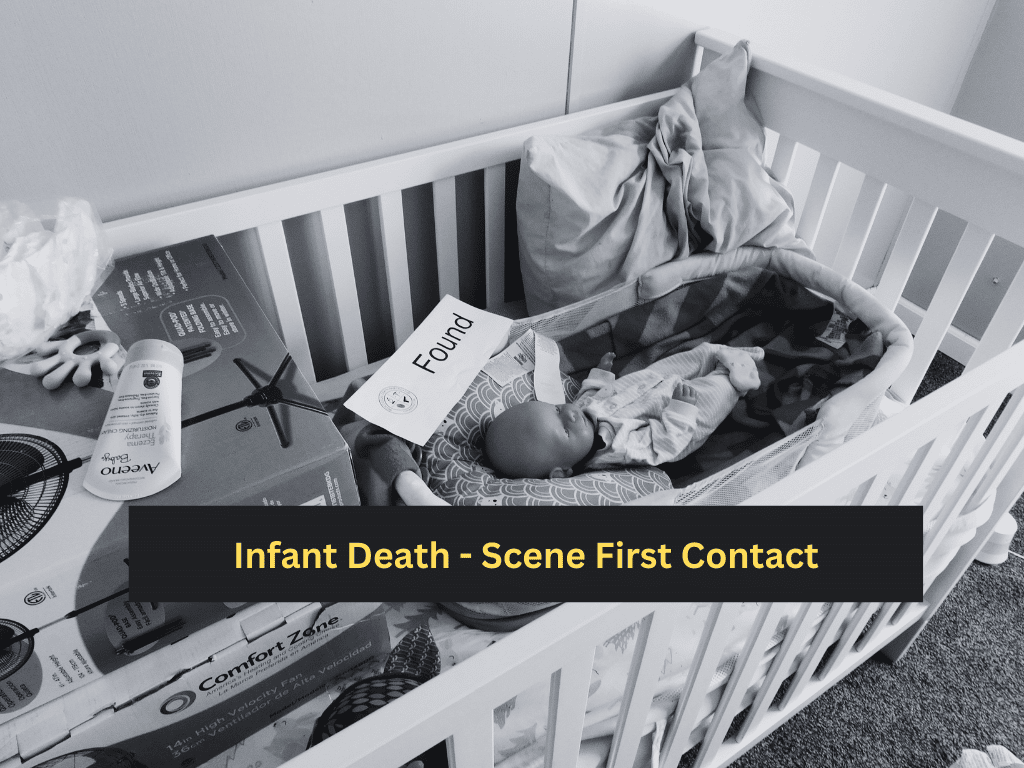When it comes to all death investigations, but especially where an infant or child is involved, you should be led by the thinking that you only get one chance at your first chance. The trouble with infant death, more so than any other type of death, is the body is always moved from the place of discovery, making multiple scenes that need to be secured and looked at.
The other issue is the delay in notification. Many times, because of this moving of the body, the infant is often at a hospital, and hours have gone by before law enforcement and coroner/medical examiners are notified. This delay also frustrates the investigation by putting potential evidence at risk of being lost forever by never being found.
There are two areas of the investigation that need to be started as soon as possible; talking with the caregivers and inspecting the place of discovery. Caregivers, and anyone who found the child unresponsive, need to be talked to on the day of the death, not a few days later. Waiting may cause the caregivers to be reluctant to speak with investigators, even if they have done nothing wrong.
The next first thing that needs to be done is an inspection of the place of discovery. Do an initial walk-through looking at the environment as a whole. What are the living conditions like, is the environment safe for a child? Look for fragile evidence such as blood, vomit, mucus, etc. on bedding and crib rails. Locate bottles, diapers, medications, and food containers for later collection. What room does the infant sleep in normally, and where were they upon discovery?
Find out what the HVAC system is in the house and does the room the infant sleeps in have a different source. Be sure to photograph the entire house or environment as you walk through so you get the best representation of the scene before items are moved or destroyed.
Again, remember you only get one chance at your first chance. Every other inspection or evidence collection after that can be tainted or at least claimed to have been by future defense arguments.
Click the image below to learn more, and subscribe to the FREE Death Investigator Newsletter.



